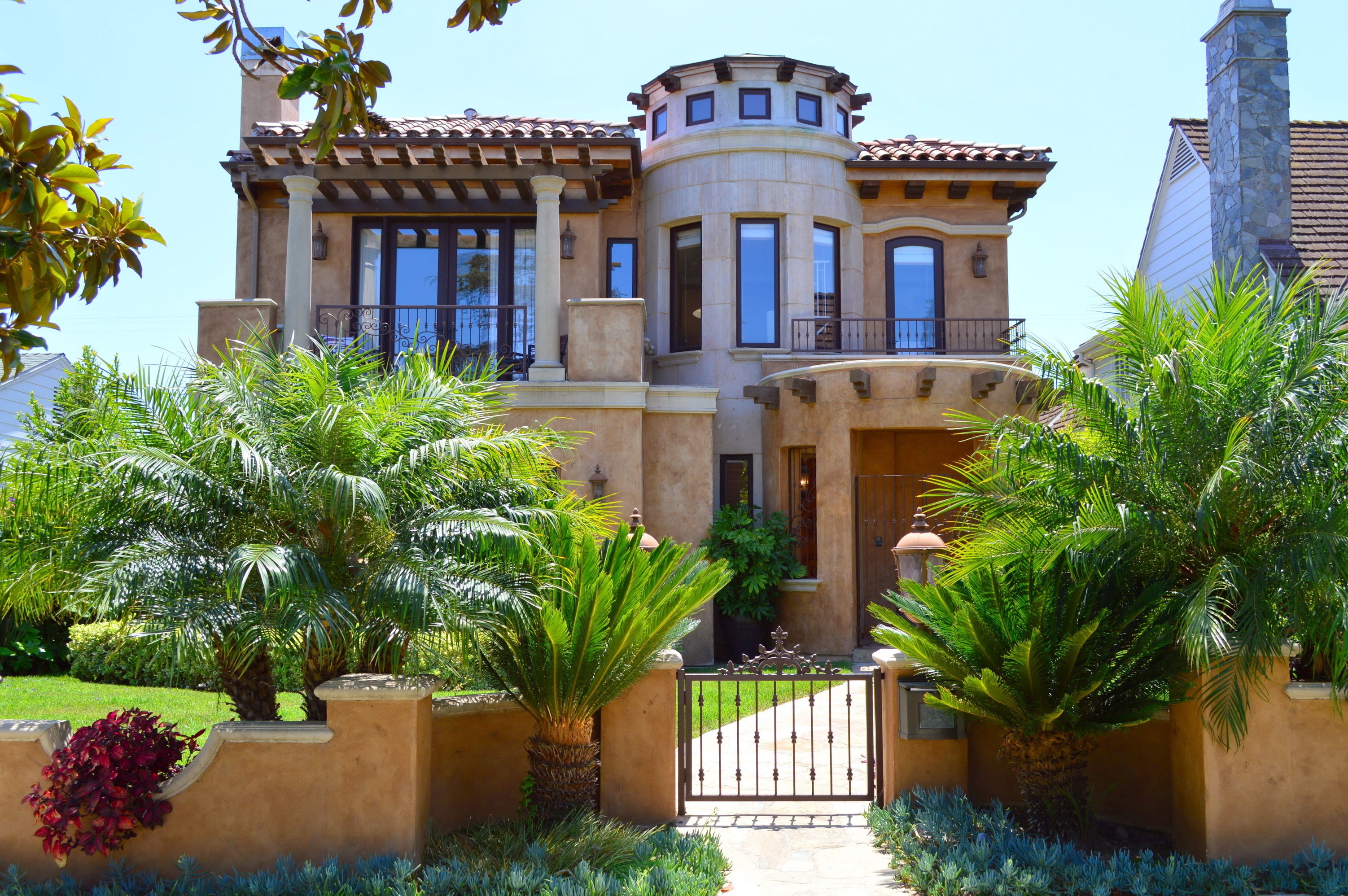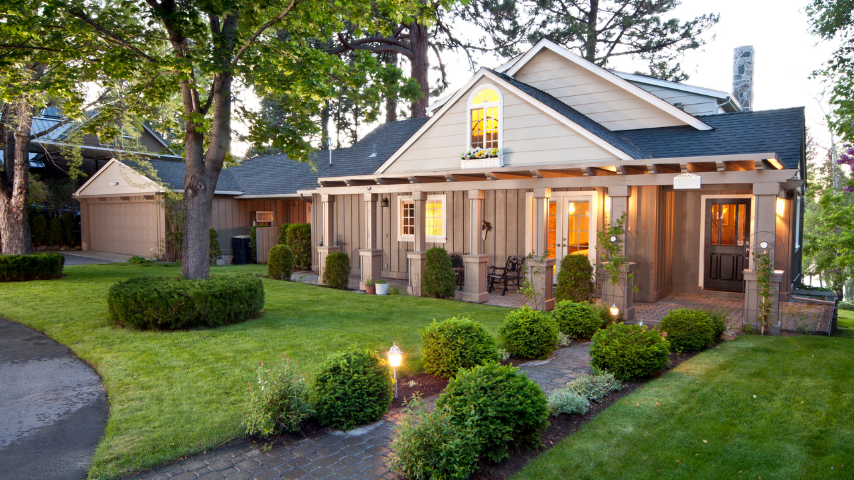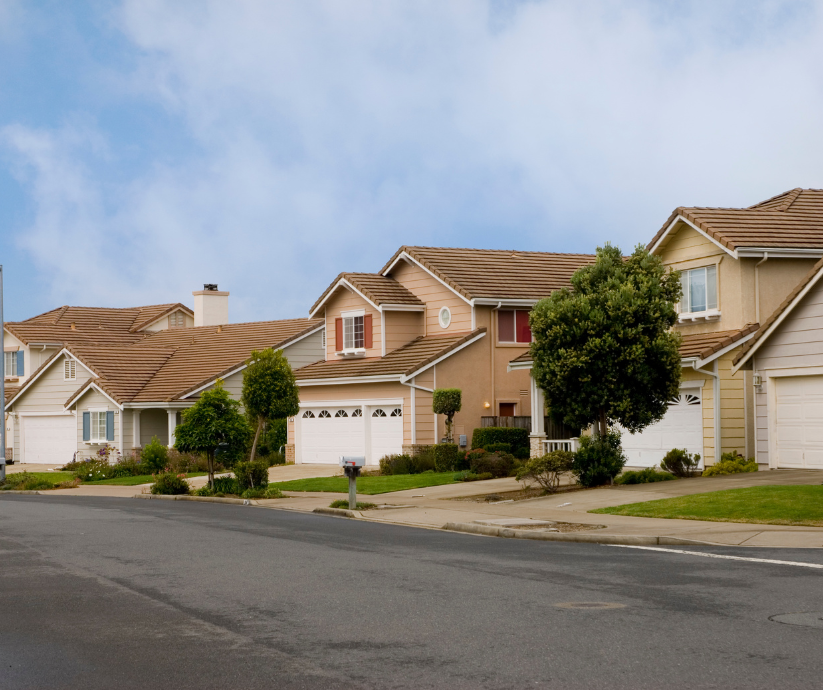Our home is our sanctuary, a space where we start and end our days, where we find solace, comfort, and rejuvenation. At the heart of this sanctuary is a humble yet essential space, the bathroom. From providing the first splashes of water that awaken us each morning to the final soothing rituals of preparing for bed, the bathroom serves us in many indispensable ways. However, it is often overlooked when we think about home transformations, with many prioritizing more ‘visible’ spaces like living rooms or kitchens.
But think about this, a fresh, beautiful, and functional bathroom can significantly impact your mood and daily routine. Imagine a bright, spa-like space where you can prepare for the day ahead or a warm, relaxing haven where you can unwind after a long day. This is why a bathroom remodeling project can not only elevate your living environment but also enhance your lifestyle.
Yet, approaching such a project may seem daunting. From budgeting to selecting materials, plumbing to lighting, it’s easy to get overwhelmed. But worry not. Whether you’re a DIY enthusiast seeking satisfaction in hands on work or a homeowner wanting to save on remodeling costs, this guide is for you.
We’ll explore practical, easy-to-follow tips for a stunning bathroom transformation. The goal is not to create a generic ‘showroom’ bathroom, but to tailor a space to your unique needs, preferences, and style all while keeping a firm handle on costs. So, let’s turn your bathroom into a beautiful, personalized retreat that provides function, comfort, and pleasure in equal measure.
1. Develop a Detailed Plan
Embarking on a DIY bathroom remodeling project without a clear, detailed plan is like setting sail without a map. Your plan is your blueprint, it’s the key to ensuring that your remodel is successful, cost-effective, and culminates in a bathroom that meets your needs and expectations.
The first step in developing a plan is to identify your objectives. What do you hope to achieve with this remodel? Is it to create more space? Modernize outdated fixtures? Or simply give the bathroom a fresh look? These objectives will help guide your decision-making throughout the project.
Next, visualize the final look and feel you want for your bathroom. Get inspired by browsing home improvement websites, magazines, or Pinterest boards. This will help you get a clear picture of your ideal bathroom, from color schemes and flooring types to fixtures and lighting.
Once you’ve settled on a design, it’s time to break it down into detailed steps. This is where the dimensions of your bathroom become crucial. Measure the bathroom accurately and note these measurements down. They will determine the size and arrangement of your fixtures, cabinets, and other elements.
It’s also important at this stage to identify any potential challenges you may encounter during the remodeling process. Do you need to relocate plumbing or electrical outlets? Is there enough natural light, or will you need to add windows or lighting fixtures? Acknowledging these challenges early on will save you from unpleasant surprises later on.
Additionally, consider the practicality and functionality of your design. Think about the daily use of your bathroom. For instance, you might love the look of open shelving, but if you have small children, cabinets with doors might be a more practical choice to keep items out of reach.
Lastly, create a timeline for your project. Remodeling a bathroom can be a disruptive process, so it’s essential to have an idea of how long it will take. Be realistic with your timeline — it’s better to overestimate how long tasks might take, particularly if you’re new to DIY projects.
Developing a detailed plan might seem time-consuming, but it’s a worthwhile investment. It will not only help you to stay organized and focused, but it will also greatly reduce the likelihood of costly mistakes and oversights.
2. Set a Budget
One of the most critical aspects of a DIY bathroom remodel is setting a realistic budget. Your budget influences almost every decision you make, from the materials you choose to the extent of changes you can afford to make.
Begin by determining the maximum amount of money you are willing and able to spend on the project. This overall budget should be a comfortable amount that won’t strain your finances or leave you struggling with unexpected costs.
With a total budget in mind, the next step is to break it down into detailed cost categories. These might include costs for fixtures, tiles, paint, lighting, plumbing, electrical work, and unexpected expenses. This detailed budget should give you a clear idea of where your money will go and help you make decisions based on your financial limits.
Remember to allocate a portion of your budget, typically around 10-20%, for unexpected costs. This is a critical component of budgeting that often gets overlooked. In the course of a remodel, unforeseen issues can arise, such as hidden water damage, outdated wiring, or necessary plumbing updates. Having a financial cushion can ease the stress when these unplanned issues emerge.
When planning your budget, keep in mind that while a DIY remodel can save labor costs, there are still potential costs for tools or equipment rentals. Be realistic about the skills and tools you have at your disposal. If a task requires a professional, such as major plumbing or electrical work, be sure to factor that cost into your budget.
During the shopping phase, do your research. Compare prices across different vendors and watch out for sales or discounts. However, resist the temptation to cut corners with cheap, low-quality materials. These may save money in the short-term but could cost more in the long run due to durability and maintenance issues.
Creating and sticking to a budget might seem restrictive, but it’s actually empowering. It helps ensure your remodel doesn’t drain your finances and lets you make informed decisions that align with your vision and financial capabilities. With careful budgeting, your dream bathroom remodel can become a reality without breaking the bank.
3. Choose Quality Materials
The materials you choose for your bathroom remodel play a crucial role in not only the aesthetics but also the longevity and functionality of the space. While it may be tempting to lean towards lower-cost materials, investing in quality is vital for a bathroom that will stand the test of time.
Quality materials are generally more durable and resilient, which is particularly important in a high-traffic, high-moisture area like the bathroom. High-quality tiles, for instance, are less likely to chip or crack, and a well-made faucet is less prone to leaks or corrosion. These materials may cost more upfront, but they often require less maintenance and have a longer lifespan, saving you money in the long run.
When selecting materials, it’s essential to consider their suitability for bathroom use. For example, choose tiles and countertops that are water and stain-resistant. Also, consider slip-resistant flooring to prevent accidents, particularly if the bathroom will be used by children or elderly family members.
Remember, quality is not just about durability but also about aesthetics. Quality materials often have better finishes and detailing, contributing to a more polished and high-end look. Whether it’s a beautifully veined marble countertop or handcrafted artisan tiles, these materials can elevate your bathroom’s design and add a touch of luxury.
It’s also important to be mindful of sustainability. Whenever possible, choose materials that are environmentally friendly. These could be recycled tiles, low-flow showerheads, or a dual-flush toilet. Making sustainable choices not only reduces your environmental impact but can also contribute to energy savings in the long term.
In conclusion, the materials you choose are a significant factor in your bathroom remodel. While budget constraints are a reality for many, try to prioritize quality where it matters most, such as fixtures and major surfaces. The right materials can add beauty, functionality, durability, and value to your bathroom, making it a space you’ll enjoy for years to come.
4. Create an Illusion of Space
If you’re working with a small bathroom, the challenge is to make it feel less cramped and more spacious. But fret not, for there are a plethora of design strategies and techniques that can create an illusion of a larger space, even when the square footage is limited.
One of the simplest and most impactful ways to enhance the perception of space is by using light colors. Light colors reflect more light, making the room appear open and airy. Consider choosing shades of white, cream, or pastel for your walls and floor. A monochromatic color scheme, where you use varying shades of the same color, can also make the room seem larger by reducing visual fragmentation.
Mirrors are another fantastic tool for creating the illusion of space. A large mirror not only reflects light, amplifying the bright and airy effect of your color choices, but also duplicates the view, tricking the eye into perceiving a more spacious room. Consider installing a large mirror over the sink or even a full-length mirror on another wall.
Choosing the right fixtures can also make a significant difference. Wall-mounted or pedestal sinks, for instance, take up less floor space than a vanity. Similarly, a clear glass shower door or a walk-in shower with no door at all can make the bathroom feel more open compared to a traditional shower curtain, which divides the space.
In terms of storage, consider vertical solutions. Utilizing the height of the room by installing shelves or cabinets can free up valuable floor space. Recessed shelving or medicine cabinets can provide storage without encroaching on the room.
Another tip is to declutter and keep the bathroom neat. Less visual clutter can go a long way in making the space appear larger. Use your storage solutions to keep personal items out of sight and limit the number of decor items on display.
Lastly, good lighting can make a significant difference in enhancing the sense of space. Make the most of natural light where possible, and consider bright, efficient lighting fixtures that illuminate the room well.
With thoughtful design and clever use of color, mirrors, fixtures, storage, and lighting, you can create an illusion of space, transforming your small bathroom into a comfortable and visually pleasing haven.
5. Focus on Lighting
Lighting is often the unsung hero of interior design, particularly in functional spaces like the bathroom. However, the impact it has on aesthetics, mood, and usability is undeniable. By placing a strong focus on lighting in your DIY bathroom remodel, you can vastly improve the space’s feel and functionality.
To effectively light a bathroom, consider implementing a layered lighting approach. This approach involves combining different types of lighting to achieve a balanced and flexible lighting scheme.
Start with ambient lighting, also known as general lighting, which provides overall illumination for the space. This can be achieved with ceiling-mounted fixtures, recessed lighting, or even a small chandelier if your bathroom design leans towards the luxurious. Ambient lighting lays the foundation for your bathroom lighting scheme.
Next, consider task lighting, which is essential for performing specific tasks like applying makeup or shaving. Task lighting should be bright and focused, illuminating the areas where these tasks occur, such as around the mirror. Wall-mounted sconces or lights mounted on the mirror are common solutions for task lighting.
Accent lighting, while not always necessary in a bathroom, can add a touch of drama and elegance. This type of lighting is used to highlight certain features, like a piece of artwork, architectural details, or even beautiful tile work. Small recessed lights or LED strip lighting can work well for accent lighting.
In terms of the quality of light, strive for a bright but warm light in the bathroom. Too cool a light can make the space feel clinical, while too warm a light can distort colors, particularly in the mirror. LEDs are a great option as they are energy-efficient and come in a range of color temperatures.
Finally, consider how natural light factors into your lighting plan. A well-placed window or skylight can flood the room with light during the day, saving energy and creating a pleasing, natural atmosphere. However, remember to consider privacy concerns when planning for natural light in a bathroom.
By focusing on lighting and implementing a layered approach, you can create a well-lit, functional, and aesthetically pleasing bathroom that caters to all your needs. Whether it’s a relaxing soak in the tub under soft ambient light or a brightly lit mirror for morning routines, good lighting design can elevate your bathroom experience.
6. Add Personal Touches
A bathroom, like any other room in your house, is a reflection of your personality and lifestyle. While it’s important to ensure it’s functional and comfortable, adding personal touches can transform the space from a mere utilitarian area into a delightful personal retreat that brings you joy every day.
Personal touches can be an extension of your taste, hobbies, travels, or anything else that’s meaningful to you. They can be incorporated through colors, textures, art, plants, accessories, or unique bathroom fixtures.
For example, instead of going for a standard mirror, you might opt for a vintage one picked up from an antique store, which adds character and tells a story. If you’re an art lover, a carefully chosen piece of wall art can dramatically enhance the bathroom’s aesthetic appeal. Even items like a stylish soap dispenser, a decorative ladder for hanging towels, or a handcrafted rug can add personality to the bathroom.
Plants can also bring a touch of nature to your bathroom while purifying the air. Certain plants thrive in the humid environment of a bathroom, such as ferns, spider plants, or ivy. A hanging plant or a small potted plant on a shelf can enliven the space and create a calming, spa-like atmosphere.
The essence of adding personal touches lies in the details. A vase with fresh flowers, a basket of plush towels, or even a carefully chosen set of scented candles can significantly elevate the ambiance, creating a space where you enjoy spending time.
Remember that the bathroom is not merely a place for quick showers or brushing teeth. It can be a sanctuary for relaxation, a place for self-care rituals, or simply a room that uplifts your mood every morning. By adding personal touches, you’ll create a bathroom that’s not only beautiful and functional but also truly feels like a part of your home and mirrors your personality.









